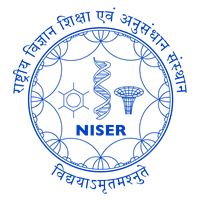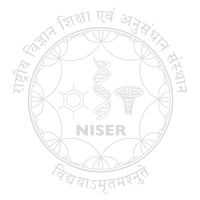Approval: Economics, PG-Elective
Credit: 4
Syllabus:
Outcome of the Course:
The course will provide the rationales for project evaluation, methods of project evaluation, discount rates and practical experiences through case studies.
Course Contents:
Introduction (8 lectures , 3 tutorials)
Meaning of a project and its basic characteristics, Role of Projects in a Development Planning Framework, Stages of Planning and Scope of Projects, Project Cycles:- Ex-Ante Analysis (i.e. conceptualization, identification, technical as well as economic feasibility analysis),
Project Cycle:- Ex-Post Analysis (i.e., project selection, execution, action plan, monitoring, post-evaluation and reformulation)
Basic Tenets of Project Appraisal/ Evaluation: the Welfare foundations (6 lectures , 2 tutorials) Classical welfare economic analysis, neo-classical economic analysis, new welfare economic analysis,
Approaches and Techniques (8 lectures , 2 tutorials)
Approaches and Steps in Appraisal/ Evaluation, General Criteria of Project Appraisal, Commercial Profitability Analysis / BCA of Projects, Capital Budgeting Decisions in terms of Methods of Investment Criteria, National Economic Profitability Analysis or SBCA of Projects,
Methods Project Appraisal / Evaluation (8 lectures , 3 tutorials) 35
Various Methods: the OECD Method, the UNIDO Guidelines Methods, the World Bank Method, the Effects Method, Significance of Externalities in Project Evaluation, Risk and Uncertainty Analysis,
Case Studies (8 lectures , 2 tutorials)
Water Resource Development Projects, Industrial Projects, Forestry Projects, and Non-conventional
Energy Projects.
Reference Books
- Bela Balassa, (1976), “The Effects Method of Project Evaluation”, Oxford Bulletin of Eco. & Statistics, November Issue
- IMD Little & James Mirrlees, (1974) “Project Appraisal and Planning for Developing Countries”, Heinemann Educational Books, London
- Lyn Squire & HG Van Tak, (1975) “Economic Analysis of Projects”, John Hopkins
- Prasanna Chandra, (1986) “Projects Preparation, Appraisal, Budgeting and Implementation”, Tata Mc Graw Hill Publishing Company Ltd, New Delhi
- OECD,(1972), “Manual of Industrial Project Analysis in developing Countries-Methodology and Case Studies”, OECD, Paris
- UNIDO, (1972), “Guidelines for Project Evaluation” (authored by Amartya sen, Parth Dasgupta & Stephen Marglin),United Nations, New York
- UNIDO, (1978), “Manual for the Preparation of Industrial Feasibility Studies, United Nations, New York
- UNIDO, (1978), “Guide to Practical Project Appraisal” United Nations, New York
- Additional Readings
- Lal Deeak, (1972), “Wells and Welfare: An Exploratory Cost-Benefit Study of Small-Scale Irrigation in Maharashtra”
- Layard Richard (Ed), (1976), “Cost Benefit Analysis”, Penguin Books Ltd, Middlesex, England
- Mishra, S.N.& John Beyer,(1978), “Cost-benefit analysis: a case study of the Ratnagiri Fisheries Project”,
- Hindustan Publishing Co
- Rath, B. (1980),"Social Benefit Cost Analysis of the Rengali Multi-purpose Project, Orissa". Ph.D. thesis, IIT, Kanpur, (mimeo)
- Rath, B. (1984),"A Note on Approaches to Project Evaluation". The India Journal of Economics, Vol.64, Part III, pp.353-360.
- Rath, B. & Singhania, R. (1988), "Economic Evaluation of Solar Water Heating System as a Device to Conserve Conventional Fuel in the Dairy Industry". Proceedings Eighth National Symposium on Refrigeration and Air Conditioning, IIT Kanpur, February 26-27, pp. 207-219.


